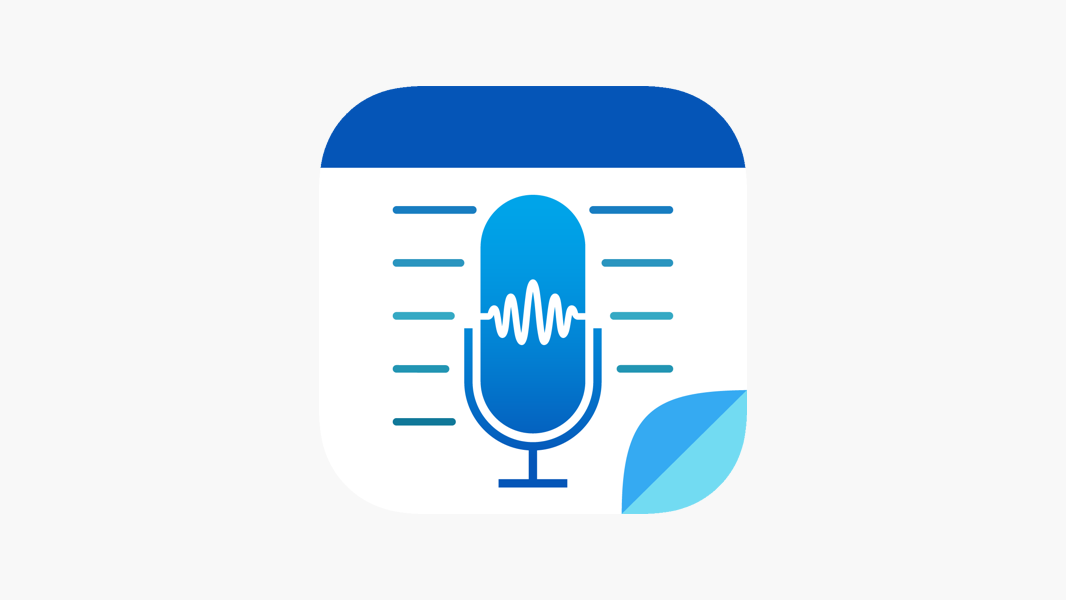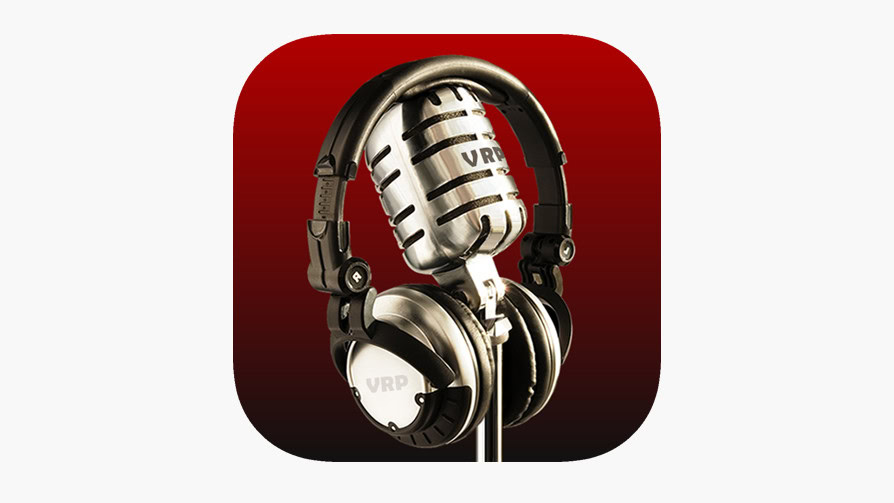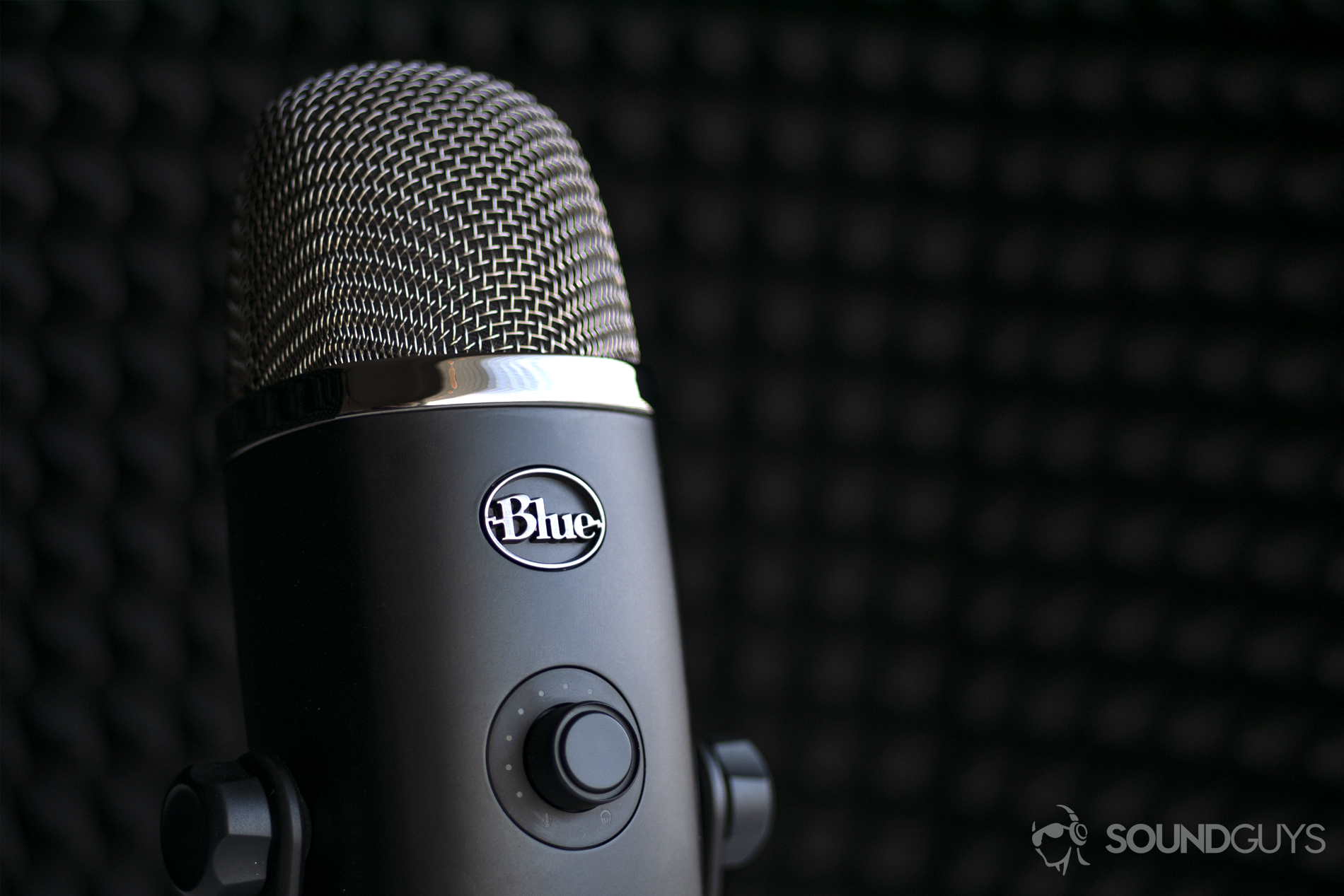Affiliate links on Android Authority may earn us a commission. Learn more.
How to record audio on iPhone devices
Smartphones came to make out lives easier and replace many devices we used to own. Among them are voice recorders, often replaced by smartphone apps and tools. And sometimes even those whit specialized needs can avoid getting a dedicated recorder. Apple users trying to learn how to record audio on iPhone devices have come to the right place. We’ll show you exactly how to do it, and talk about some of the best options available.
QUICK ANSWER
The simplest way to record audio on iPhone is to use the Voice Memos app. Simply launch the application and tap on the red Record button. Tap on the Stop button when done. Once recorded, you can select the recording and tap on the three-dot menu button to access more settings. There is also an Options button (which looks like an equalizer) with a few more editing capabilities.
JUMP TO KEY SECTIONS
Apple’s Voice Memos app
You should definitely try Apple’s Voice Memos app, as it is free and comes pre-installed on all modern iPhones. This means you may not even need to download another app if this Apple tool meets your needs. This is especially helpful, considering many voice recording apps are paid.
How to record in the Voice Memos app:
- Launch the Voice Memos app.
- Tap on the large red Record button to start recording.
- The same option will turn into a Stop button. Tap on it when done recording.
Voice Memos will automatically organize your recordings in chronological order. You can later rename them and organize them in folders if you prefer.
How to rename and organize recordings in the Voice Memos app:
- Launch the Voice Memos app.
- Select your recording (the last one will be selected and expanded).
- Tap on the three-dot menu button to the right of the recording.
- Hit Edit Recording.
- Tap on the Name and type in the new name. Hit Return, close the page, and select Done.
- From the All Recordings page, tap Edit.
- Select the recordings you want to move.
- Hit the Share button.
- Pick Move to Folder.
- You can pick the folder in the My Folders section. If you want to create a new folder, hit the New Folder button and make it. Select the desired folder.
How to edit recordings in the Voice Memos app:
- Launch the Voice Memos app.
- Select your recording (the last one will be selected and expanded).
- Tap on the three-dot menu button to the right of the recording.
- Hit Edit Recording.
- You can select the Options button (equalizer one) to change the Playback Speed, Skip Silence, or Enhance Recording.
- You’ll see a Crop option to the right, as well. Tap on it and drag the sliders as desired. Select Trim and then Save.
Delete recordings in the Voice Memos app:
- Launch the Voice Memos app.
- Select your recording (the last one will be selected and expanded).
- Tap on the Trash icon.
- Recordings will stay in the Recently Deleted folder for 30 days, just in case.
- You can also hit the Edit option, select recordings, and tap on the Trash icon to delete multiple recordings at once.
How to sync Voice Memos to iCloud:
Another great thing about Voice Memos is that, as an official Apple app, it has full integration with iCloud. Your recordings will follow you to other Apple devices, and will be there when you switch phones (as long as it’s another iPhone). You need to ensure iCloud syncing for Voice Memos is enabled, though.
- Launch the Settings app.
- Tap on your Apple ID button, which is the one with your name on it.
- Go into iCloud.
- Under Apps using iCloud, select Show All.
- Toggle Voice Memos on.
How to export recordings in the Voice Memos app:
It’s time to get your recordings out of your phone. Let’s show you how!
- Launch the Voice Memos app.
- Select your recording (the last one will be selected and expanded).
- Tap on the three-dot menu button.
- Hit Share.
- Select where you want to send it and follow the instructions.
iPhone audio recording options for students: perfect for recording lectures
Of course, students will want something a bit more elaborate to record, edit, and manage their recordings. There are plenty of third-party voice recorders in the Apple App Store. While we can’t give you direct instructions for each, we can certainly recommend some and highlight their main features.
AudioNote 2

AudioNote 2 is excellent at recording voices. It can amplify audio, automatically adapting to the room size and volume levels so you can always hear everything comfortably. Recordings have no time limit, making it a great option for lengthy classes, and there’s also a background noise filter to make for a cleaner clip.
Voice recording is only a tiny part of what makes AudioNote 2 great. The application is mainly focused on taking notes. You can write or type notes, add photos, include shapes, insert images, edit the font, and more. Notes will follow the playback, too. Not only that, but the app offers cross-platform support with iOS, Mac, and Windows.
Voice Recorder & Audio Editor

One thing AudioNote 2 is missing is transcription, and this is where Voice Recorder & Audio Editor excels. It can transcribe recorded voices, but it will cost extra. You’ll have to add the feature through an in-app purchase. There’s also call recording, which requires a monthly subscription.
For the pros: audio recording apps that go above and beyond
If you work with audio in a more specialized manner, you may be able to get away with using your iPhone. These apps are ideal for podcasts, some pro audio work, meetings, and more.
Voice Record Pro

As the name entails, this app is made for professionals. What makes it different? You get more granular control over your recordings. It’s possible to change the audio quality, including bitrate, sample rate, bit depth, number of audio channels, and encoding quality. You’ll also get more format options, including M4A/AAC, MP3, and WAV/PCM.
Other features include the ability to disable iOS Voice Processing, record in stereo (if the device supports it), add bookmarks, add effects, support for most main cloud services, change the gain, modify the reverb, reduce distortion, and much more. Yeah, it’s quite “pro.”
MultiTrack DAW

Names are getting pretty descriptive. MultiTrack DAW is best at editing, thanks to its support for mixing up to 32 tracks. This allows for merging separate audio recordings, making it an especially great tool for musicians, podcasters, and more.
It’s full of complex features like a track compressor, equalizer, region-specific volume controls, bus effects, Audiobus 3 support, sidechain capabilities, multiple bit-recording options, up to 16 simultaneous inputs, and much more.
Consider an external microphone

iPhone microphones are OK, but there is only so much quality you can get out of them. If you genuinely care about your voice recordings, you’ll want to get a better microphone. There are plenty of options to choose from. For example, in our smartphone photography accessory guide, we recommend the RØDE VideoMic Me, which is available both in USB-C and Lightning options. Our sister site, SoundGuys, also has a guide to the best USB microphones, which you can use with adapters, the best lavalier mics, and the best wireless microphones. Ensure you have the necessary adapters, and that all your hardware and software supports them. Additionally, you can also check out their list of the best smartphones for audio.
FAQs
You may not need to download another app to record audio. Voice Memos comes pre-installed on all recent iPhones. Its features are pretty basic, but it works, syncs with iCloud, and is entirely free.
Using an iPhone for professional voice or audio recording isn’t ideal. Still, it is doable, depending on your needs. Podcasters, videographers, and musicians might be able to get good clips from it. Especially if they invest in advanced apps and external microphones.
Not all voice recording apps can transcribe text, but some offer it as a premium feature. Our favorite one is Voice Recorder & Audio Editor.
This topic can get a bit complex, as there are multiple factors to consider, and laws change depending on where you are. We certainly can’t give you legal advice, so you’ll need to do some research on your local laws. That said, there are usually two factors to consider. First, if you’re recording a conversation or lecture, you’ll need to abide by similar laws for recording calls. You might need consent from one party, or all, depending on your location. Additionally, recording may infringe on copyright laws. This is especially the case if you’re recording music, a lecture, or a speech. Just make sure you’re within the bounds of legality before proceeding.